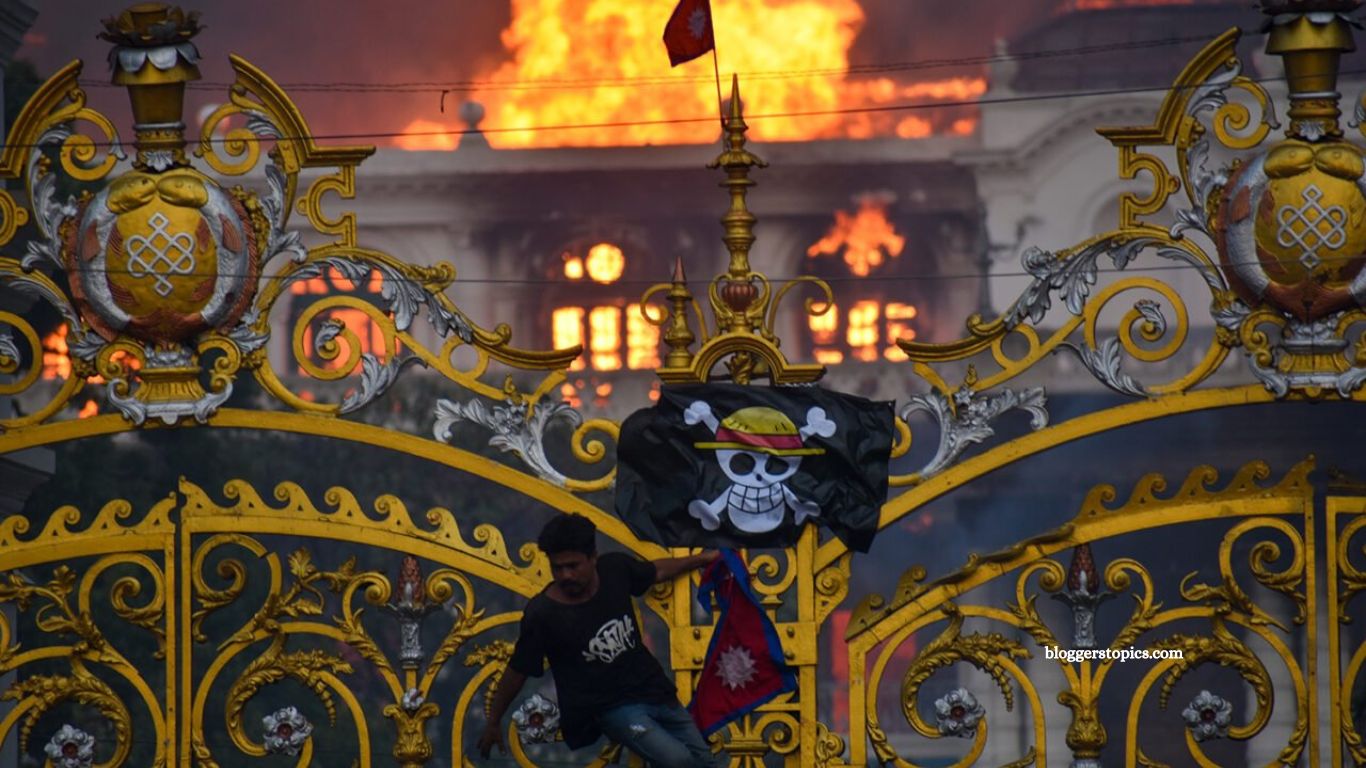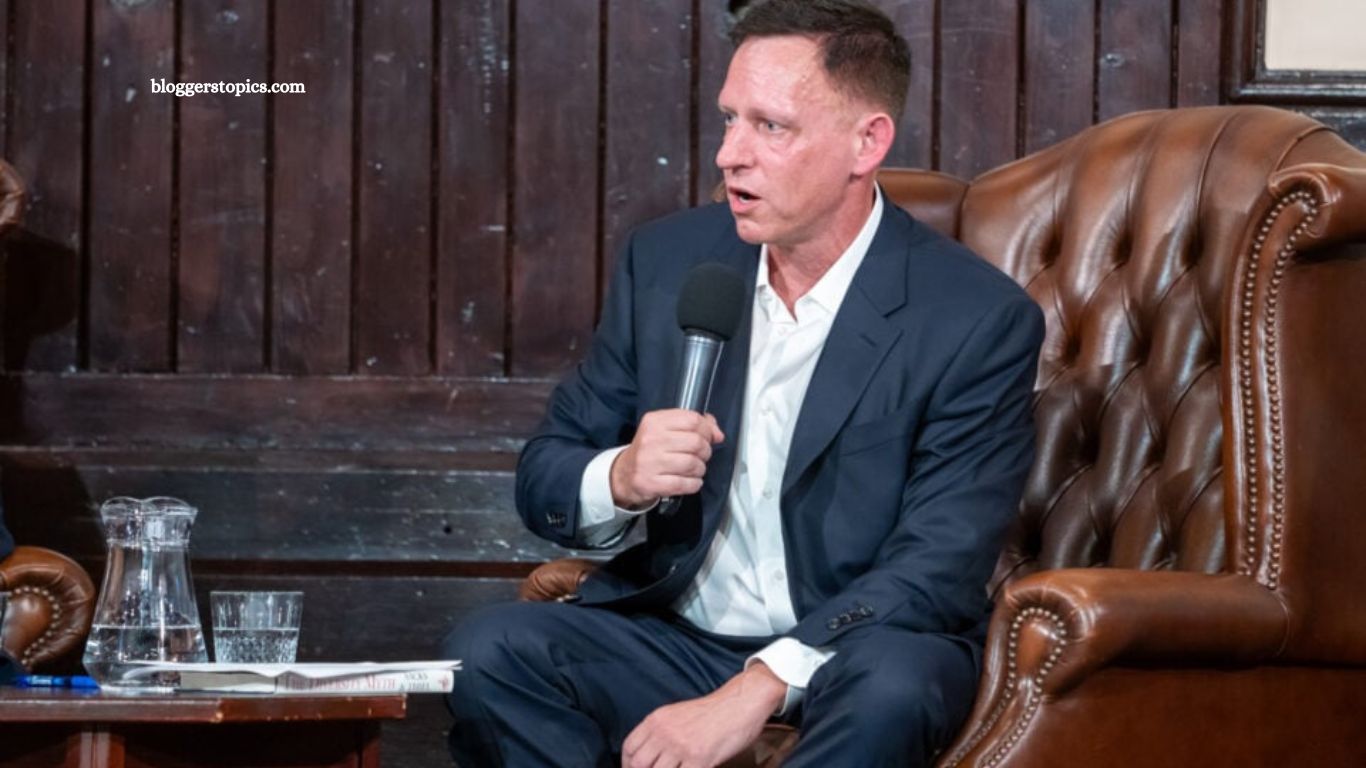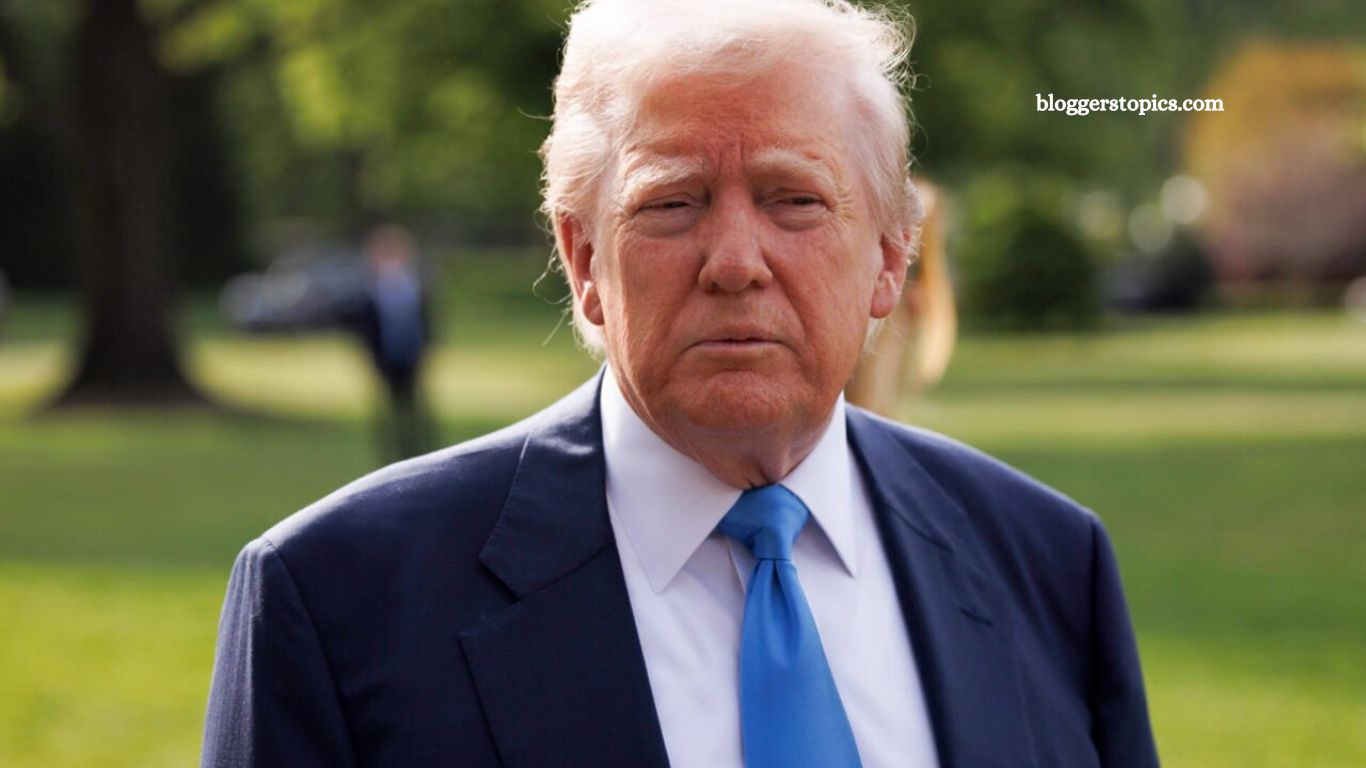The political landscape of Nepal has been transformed by an unexpected force: its youth. In a dramatic turn of events, young activists and students successfully pressured Prime Minister KP Sharma Oli to resign following his government’s attempt to ban major social media platforms, including Facebook, Instagram, WhatsApp, YouTube, and Twitter. Frustrated by restrictions on digital expression and driven by campaigns highlighting government corruption, these young citizens took to the streets in protests that quickly escalated into violent clashes.
With traditional political spaces heavily restricted and the military imposing strict controls, Nepali youth turned to Discord, a digital platform typically associated with gaming, to organize, debate, and vote for an interim leader. Their unprecedented digital convention demonstrates the growing power of technology in shaping modern governance.
Read More: Democrat Urges Congress to Investigate Epstein-Thiel Connection
The Spark: Social Media Restrictions
Earlier this week, protests erupted across Nepal after Prime Minister KP Sharma Oli announced a ban on several major social media platforms, including Facebook, Instagram, WhatsApp, YouTube, and Twitter. The official rationale was that these companies had failed to appoint government liaisons to address regulatory and operational concerns.
However, critics argue that the ban was politically motivated. Social media had become a crucial outlet for public dissent, particularly through campaigns such as the “Nepo Kid” movement, which highlighted corruption in the government and the extravagant lifestyles of politicians’ children. For many Nepalis, this crackdown was seen as an attempt to silence voices calling for accountability and transparency.
Youth-Led Demonstrations
The government’s decision triggered widespread demonstrations, led primarily by students and youth groups. Streets across Nepal were filled with citizens protesting the ban and demanding systemic reform. These protests, initially peaceful, escalated into violent clashes with law enforcement. Tragically, at least 19 anti-corruption protesters were killed during confrontations with police.
In response, demonstrators set fire to government buildings, including the office of the prime minister. Facing mounting pressure, Prime Minister Oli resigned and left the country, leaving a power vacuum and a tense political environment.
Discord as a Political Platform
With the military assuming control and imposing strict restrictions on public gatherings, Nepali youth turned to the digital space to continue their activism. Discord, a platform traditionally associated with gaming and online communities, emerged as the central hub for organizing.
A server, set up to function as a virtual convention, attracted over 100,000 users. The initiative was organized by Hami Nepal, a civic group at the forefront of the anti-government protests. Within this virtual space, participants discussed potential leaders for the country, debated policy priorities, and even held votes to select their preferred candidate for interim prime minister.
Organizing a Nation Digitally
The Discord server became a highly structured and active platform, with moderators facilitating discussions, hosting Q&A sessions with potential leaders, and ensuring that votes reflected the collective decision of the community. Among the candidates discussed, Sushila Karki, a former chief justice known for her anti-corruption efforts, emerged as the consensus choice.
Karki’s reputation as a reformer and her history of championing transparency made her a natural candidate for interim leadership. The community’s vote and discussions ultimately influenced the military’s decision-making process.
A New Interim Leadership
On Friday, the military officially recognized the recommendations emerging from the Discord-organized convention and appointed Sushila Karki as interim prime minister. Karki has accepted the role and is expected to form a new cabinet while preparing the country for national elections within the next six months.
The appointment marks a historic moment for digital civic engagement. It underscores the capacity of youth-led movements to shape governance through innovative and unconventional means, even in the absence of traditional institutional frameworks.
Implications for Global Politics
Nepal’s recent events highlight a broader trend: the increasing role of digital platforms in political organization. While social media has long been a tool for activism, the use of Discord to hold what essentially amounts to a virtual political convention is unprecedented.
This development raises questions about the future of democratic processes. Could online communities become legitimate spaces for political decision-making? How can governments engage with digitally-organized movements while balancing security and freedom of expression? Nepal’s example suggests that technology can empower citizens to exert tangible influence over political outcomes.
Challenges and Considerations
Despite the success of this movement, challenges remain. The reliance on digital platforms for governance can exclude those without access to reliable internet or technology, potentially creating disparities in political participation. Additionally, the sustainability and legitimacy of decisions made in virtual spaces will be tested as Nepal prepares for formal elections.
There are also concerns regarding security and misinformation. Large-scale online platforms are vulnerable to manipulation, which could compromise the integrity of digital political processes. Monitoring and regulatory frameworks may need to evolve to address these new challenges.
The Global Reaction
International observers have noted the unprecedented nature of Nepal’s political shift. Media outlets from around the world have highlighted the ingenuity and determination of Nepali youth, framing the events as a model of grassroots digital activism. Meanwhile, social media platforms are being scrutinized for their role in facilitating political organization and civic engagement.
Gizmodo reached out to Discord for comment regarding its platform’s involvement in the situation, but no response was available at the time of publication.
A New Era of Civic Engagement
Nepal’s youth have demonstrated that traditional notions of political engagement are evolving. By leveraging technology, a digitally connected generation can influence government decisions, organize large-scale movements, and even determine leadership in unprecedented ways.
The events in Nepal may serve as an example for other countries, illustrating how young citizens can mobilize quickly, creatively, and effectively to demand accountability and drive political change.
Frequently Asked Questions
Why did the youth of Nepal protest?
Protests erupted after Prime Minister KP Sharma Oli attempted to ban major social media platforms, including Facebook, Instagram, WhatsApp, YouTube, and Twitter. Citizens, especially students and youth groups, viewed the ban as a way to suppress dissent, particularly campaigns highlighting government corruption.
How did the protests unfold?
Demonstrations began peacefully but escalated into violent clashes with law enforcement. At least 19 protesters were killed, and government buildings, including the prime minister’s office, were set on fire.
Why was Discord used in the political process?
With public gatherings restricted by the military, Discord served as a digital platform for organizing, discussion, and voting. It allowed activists to create a virtual convention space to debate leadership options and coordinate decisions.
Who organized the digital convention?
A civic group called Hami Nepal led the initiative, drawing on participants who had been involved in protests and youth-led activism.
Who was selected as interim prime minister?
Sushila Karki, a former chief justice and known anti-corruption advocate, was selected through discussions and votes within the Discord server. The military recognized the community’s recommendation.
What happens next for Nepal?
Karki is expected to form a new cabinet and oversee elections, anticipated within the next six months, marking a transitional phase in the country’s governance.
What does this mean for global politics?
Nepal’s events highlight the increasing influence of digital platforms in political organization and civic engagement, suggesting that technology can play a central role in shaping governance.
Conclusion
Nepal’s recent political upheaval demonstrates the transformative power of youth activism in the digital age. Faced with government restrictions and the threat of military control, young citizens leveraged technology—specifically Discord—to organize, deliberate, and influence the selection of their country’s interim leadership. This unprecedented use of a virtual platform for political decision-making highlights not only the ingenuity and determination of Nepal’s youth but also the evolving nature of civic engagement worldwide.







